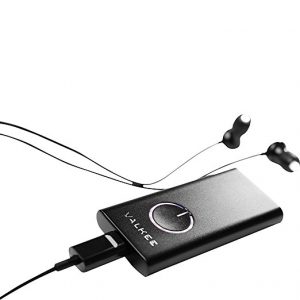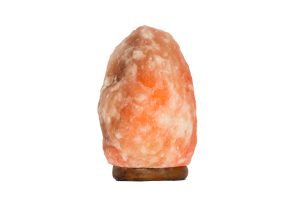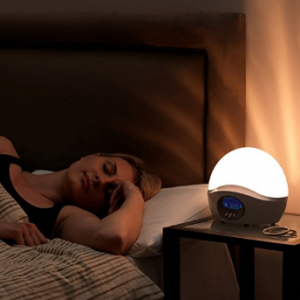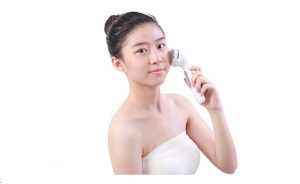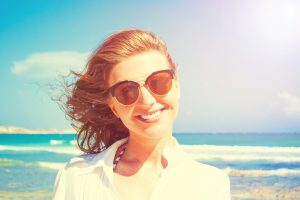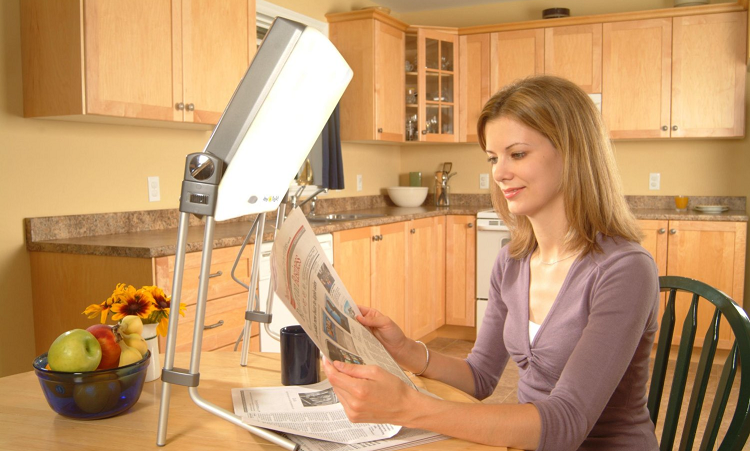What is Daylight Savings Time?
Daylight Savings Time, commonly referred to as daylight savings, is the practice of setting clocks forward one hour in the summer and then one hour back again in the fall. A simple way to remember the practice is summed up in the phrase, “spring forward, fall back.” If you grew up in a hemisphere that practices Daylight Savings, this is nothing new. However, fewer than 40% of countries in the world practice Daylight Savings. The practice occurs so that we can supposedly make better use of natural daylight but the difference in light is most recognizable in areas that are a specific distance from the equator. While we understand the concept, our brain’s usually do not.
Once you set your clocks back in the fall, it is very easy for your circadian rhythm to get thrown off. It’s pretty difficult to feel balanced and energized when the sun sets at 4:30 pm. Our brains are very perceptive when it comes to sunlight. Darkness means more melatonin being released. This can be a slippery slope.
How Can Light Therapy Help?
Being affected by seasonal changes such as Daylight Savings Time is a condition called Seasonal Affective Disorder, or SAD. As we mentioned earlier, our brains are extremely sensitive when it comes to light. More than most people recognize, actually.
The symptoms of Seasonal Affective Disorder Include:
- Irritability
- Tiredness or low energy
- Problems getting along with other people
- Hypersensitivity to rejection
- Heavy, “leaden” feeling in the arms or legs
- Oversleeping
- Appetite changes, especially a craving for foods high in carbs
- Weight gain
- Depression
- Trouble sleeping (Insomnia)
- Weight loss
- Poor appetite
- Agitation or anxiety
(Symptoms lists from MayoClinic.org)
Seasonal Affective Disorder is often shoved under the rug and called the “winter blues.” But why suffer when you could change it? Light therapy is the magical cure! Well, it’s not really magic – but it works so well it kind of feels that way! Light therapy practices such as the use of a light box can help keep your circadian rhythm in sync with the world around you.
What Is Your First Step?
People suffering from SAD have a couple options for treatment when it comes to light therapy. One option is a light box. A light box provides a measured amount of light through fluorescent bulbs or panels. The light intensity is typically between 2,500 to 10,000 lux. The amount of light is different depending on what you deem necessary for your treatment. Typically, the amount of light would be equal to that of the amount of sunlight you are exposed to on a nice spring day. The light box helps regulate the internal clock in your mind, keeping your brain on track and your energy level high. The light box is typically small to medium sized, easy to carry, and fairly portable, depending on the seriousness of the depression. People undergoing the treatment set aside around 30 minutes a day, sometimes twice a day, and sit 12 to 24 inches away from the light box. You would then carry on with whatever you choose. You can read, knit, write, eat, talk on the phone, etc, while being careful not to look directly into the light.
For people who have trouble waking up in the morning, have not seen results with light therapy boxes, or want to combine two methods, dawn/dusk simulators are recommended. The devices have proven effective for people with mild to severe symptoms. The dawn/dusk simulator helps mimic the ideal lighting and darkness occurring outdoors. For example, if you have trouble waking up in the morning, the simulator can be set to slowly turn on at 8 a.m., or whatever time you choose. A bright light will appear in your bedroom, typically on a bedside table. The simulator leaves you feeling refreshed and ready for the day. Another scenario would be helping keep your biological clock on time by mimicking light throughout your day and then shutting down at the accurate outdoors time.
Daylight Savings Time is the number one trigger for Seasonal Affective Disorder. It’s a serious condition and can have a major effect your quality of life. Embrace light therapy. Change the stigma of daylight savings time!


